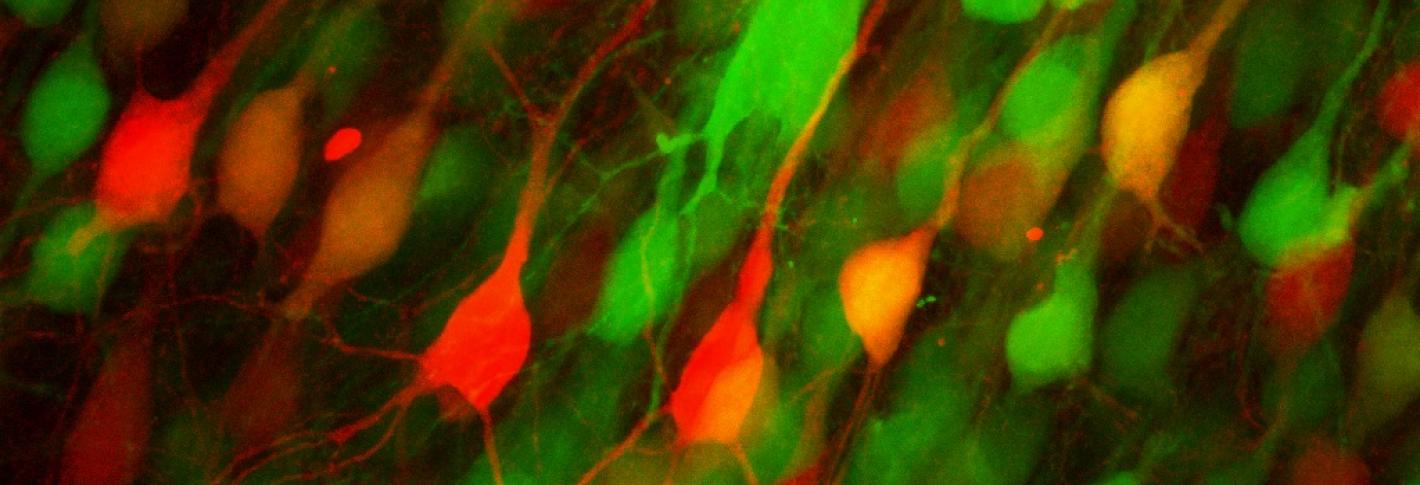While a postdoc in 2006 at Stanford, Weifeng Xu and colleague Oliver Schlüter wanted to study how the structure of proteins such as PSD-95 helped to govern the activity-dependent behavior of AMPA receptors in postsynaptic neurons. This required comparing different forms of the protein in neurons of interest. To do so, they developed the technique of Molecular Replacement, which employed a virus to simultaneously knock down expression of the innate protein and express an inserted version in precisely targeted cells. This allowed them to quickly and precisely alter a neuron for side-by-side comparisons with unaltered controls. Because of the use of a virus to alter DNA in post-mitotic cells, this technique allowed the interrogation of molecular mechanisms in developed brains.
The pair published their results in Neuron.
Xu has continued to evolve the technique to enable delivery of complex, customized genetic alterations of structure and function within finely targeted cells or brain regions. The technique has become one in which through different virus designs, and combinations of viruses, her lab can essentially can inject “cassettes” with complex combinations of molecular alterations.
In a 2018 paper led by postdoc Kendrick Jones, for example, the Xu Lab showed how the protein FMRP regulates the synthesis of the protein neurogranin to activate a memory-making pathway when mice encounter novel places. They virally manipulated neurogranin and FMRP to test their interaction using a new version of the technique.


